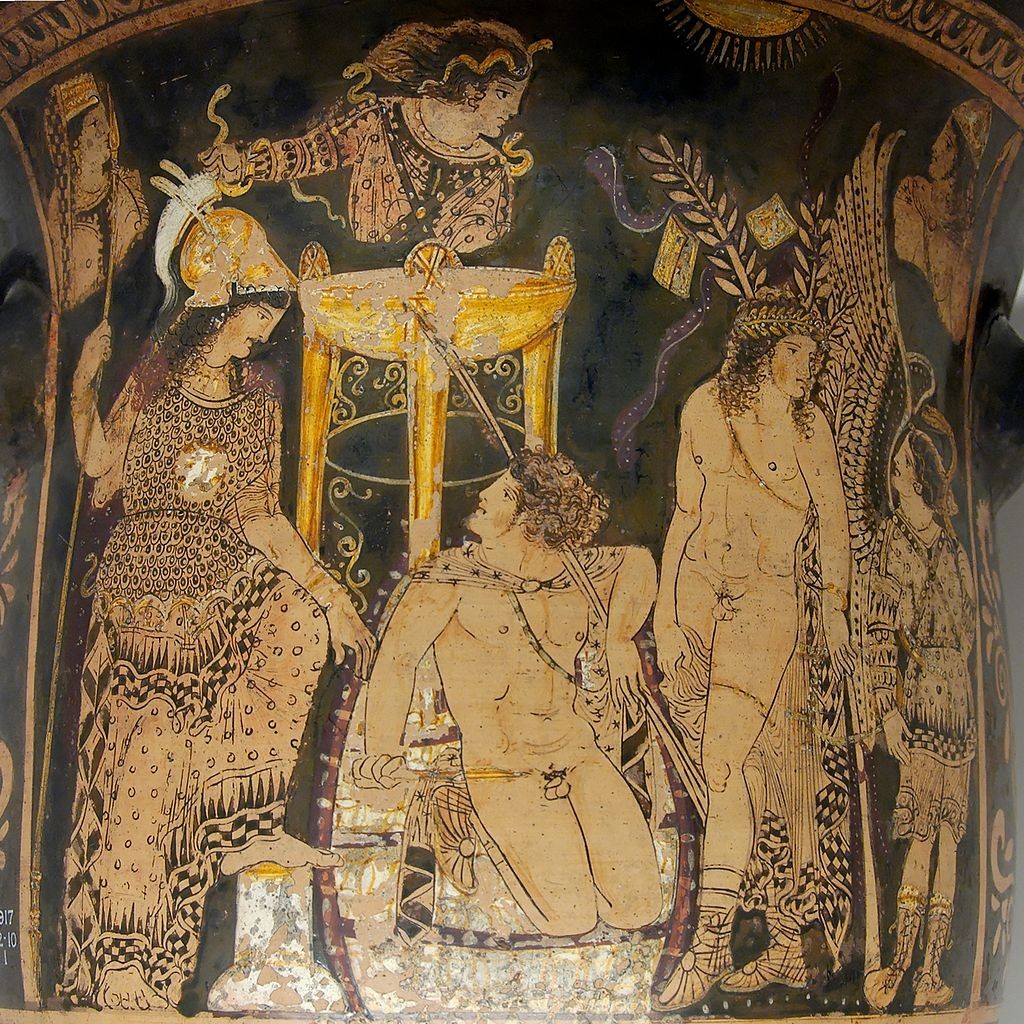Here is something you don’t see every day: a major news website’s public apology for getting a story wrong.
Surprisingly, the apology was not for offending society with a jokey caption but for attributing a statement to a militant women’s group which immediately denied the statement and raised heck (sub-hell levels) on the Internet.
It was a basic violation of an unwritten rule of journalism–never assuming something unless stated directly–and we hope that the people who worked on the story were taken out back and promptly shot, or at least told to review their Philo 11. In any case, we hope they took their lumps.
Here is something that you actually do see every day, and anytime two or more are gathered in the name of calling other people names: a cute little media critique in the Manila Times by Katrina Stuart Santiago, scoring news websites Rappler and GMA News Online for destroying the fine tradition of Philippine journalism, a tradition that she is part of by virtue of writing opinion columns, which is not quite the same thing and is, if you look at the quality of opinion columnists we have now, hardly a virtue.
You may remember Katrina Stuart Santiago for winning a Palanca award, for her expose on the Philippine literary scene for Rogue, for being angry a lot, and for—oh, writing for GMA News Online not so long ago.
And here is where Ms. Stuart Santiago diverges from the fine tradition of Philippine journalism that she is supposedly saving from its #mediamesses, where she dips into the politician’s trick of riding an issue to take cheap shots at enemies.
Now, there is nothing wrong with critiquing media. This website has done it more than once. In many ways, media is a mess and will always be better for the criticism. One requirement, though, before throwing unfounded–and, ultimately, unproven–charges of spin and unethical behavior: come with clean hands.
“I used to hold GMA 7 in higher regard than its rival ABS-CBN, which might be because I hold Mike Enriquez in such high regard, too,” Ms. Stuart Santiago says before serving the network and its news website with a spinning heel kick.
No mention was made of the fact that she used to write for that website, that she no longer does, nor even that the professional relationship did not end well. Sources say it was because she submitted articles late and was snippy about being edited.
Why is that relevant? Because that makes it personal, and anyone in media is expected to, at the very least, disclose personal ties that may influence their writing.
The Center for Media Freedom and Responsibility wrote thus about Conrado de Quiros, who is a more credible opinion writer than Ms. Stuart Santiago:
It was a clear case of conflict of interest—between the citizen’s right to a fair evaluation of an event of public concern and his defending his brother’s interest. De Quiros’ situation is a difficult one. But anything he writes in defense of his brother raises questions about its credibility. He should have recused himself from commenting on the issue. Whatever the accuracy or inaccuracy of de Quiros’ claims, his defense of his brother creates an appearance of impropriety that can undermine his and the paper’s integrity.
The fact that Ms. Stuart Santiago was fine with GMA News Online when it was paying her thousands of pesos per piece, and suddenly now that she is writing for another publication she is not fine with GMA News Online at all — This deserves mention, and even an explanation.
Ms. Stuart Santiago seems to have taken things so personally, in fact, that her #mediamesses campaign was devoted to hitting both Rappler and GMA News Online days after. The real target was GMA News Online, but Rappler was used in hashtags as if the brand was an epithet.
today’s media mess courtesy of GMA News Online. — https://t.co/eVF2M6BkWx #dontshareit #ahitcenteredmedia #rapplerlevels
— inastuartsantiago (@radikalchick) February 11, 2014
In a separate attack against a GMA News Online feature article on the Bontoc bus tragedy called “A Bus Full of Dreamers”, she offers an Inquirer.net story on the accident as a counterpoint on how it should have been done. But that was a feature article. A simple search on the website would have found a straight news article on the tragic bus accident. There are, in fact, a slew of them.
That she chose to single out that feature article and ignore the rest of the coverage seems dishonest or, at least, lazy.
People in the media move in really small circles, and it would not have taken much effort to at least try to reach out to Rappler and GMA News Online for comment, to at least balance things, but nothing in Ms. Stuart Santiago’s rant indicates that any attempt was made to do that. That is fine for literature and—to a certain extent—for magazine writing, but not so for journalism and opinion writing.
Because, really, an opinion column ought to be more than just what you would put on your livejournal or blogspot. Some analysis is expected, and no analysis can be done when all you have is one side of an issue. Otherwise, readers would be just as ill-served as they would be if they only got their facts from Facebook, which, from all indications, Ms. Stuart-Santiago did too.
By writing her attacks on Rappler and GMA News Online, and then having it published in the Manila Times–a rival publication in principle if not in circulation–Ms. Stuart Santiago is implying the Times is a better source of news. Or is at least more principled. That implication opens the Times up to some scrutiny.
Consider this one-sided Times expose based on unnamed sources:
ASSOCIATE Justice Marvic Leonen, the most junior magistrate in the Supreme Court (SC), has drawn the ire of his colleagues for his alleged misbehavior that include “tantrums.â€According to a well-placed source, the latest of Leonen’s “outbursts†was directed at the American Bar Association (ABA) which organized the 10th International Judicial Coloquium on Insolvency at The Hague in the Netherlands held from May 18 to 19.Leonen accused the ABA officials of “deliberately shaming him†after he was wrongfully referred to as “Court of Appeals Justice.â€
Also consider how the Times got called out for getting that story wrong:
It is true that I had been incorrectly registered as a Justice of the Court of Appeals, instead of the Supreme Court, during the International Judicial Colloquium on Insolvency organized by the International Association of Restructuring, Insolvency & Bankruptcy Professionals (and not, as your article claims, by the American Bar Association).
…
Unfortunately, only one side of the story was presented in your report, and an incorrect one at that. One wishes that you might have tried to verify your story with our office, or with the Supreme Court Public Information Office. You failed to do so.
And how CMFR called the Times out for it too:
The article added that Leonen accused the ABA officials of “deliberately shaming him†after he was wrongfully referred to as a “Court of Appeals Justice.†However, there was no statement from the ABA to support the claim. Neither did the report present the side of the associate justice or of the Supreme Court.
“A few SC Justices who were interviewed by The Manila Times said that the issue was so petty that Leonen should not have raised hell about it, †said the report, which did not identify its sources, choosing instead to refer only to “one magistrate,†“the Justice,†“another magistrate,†and “the source.â€
Did the Times apologize at all? Of course not. Instead, it made the fact that Leonen complained about the unfair article a news story. A news story written by the same reporter that Leonen was complaining against in the first place. Now that is a #mediamess.



81 Comments